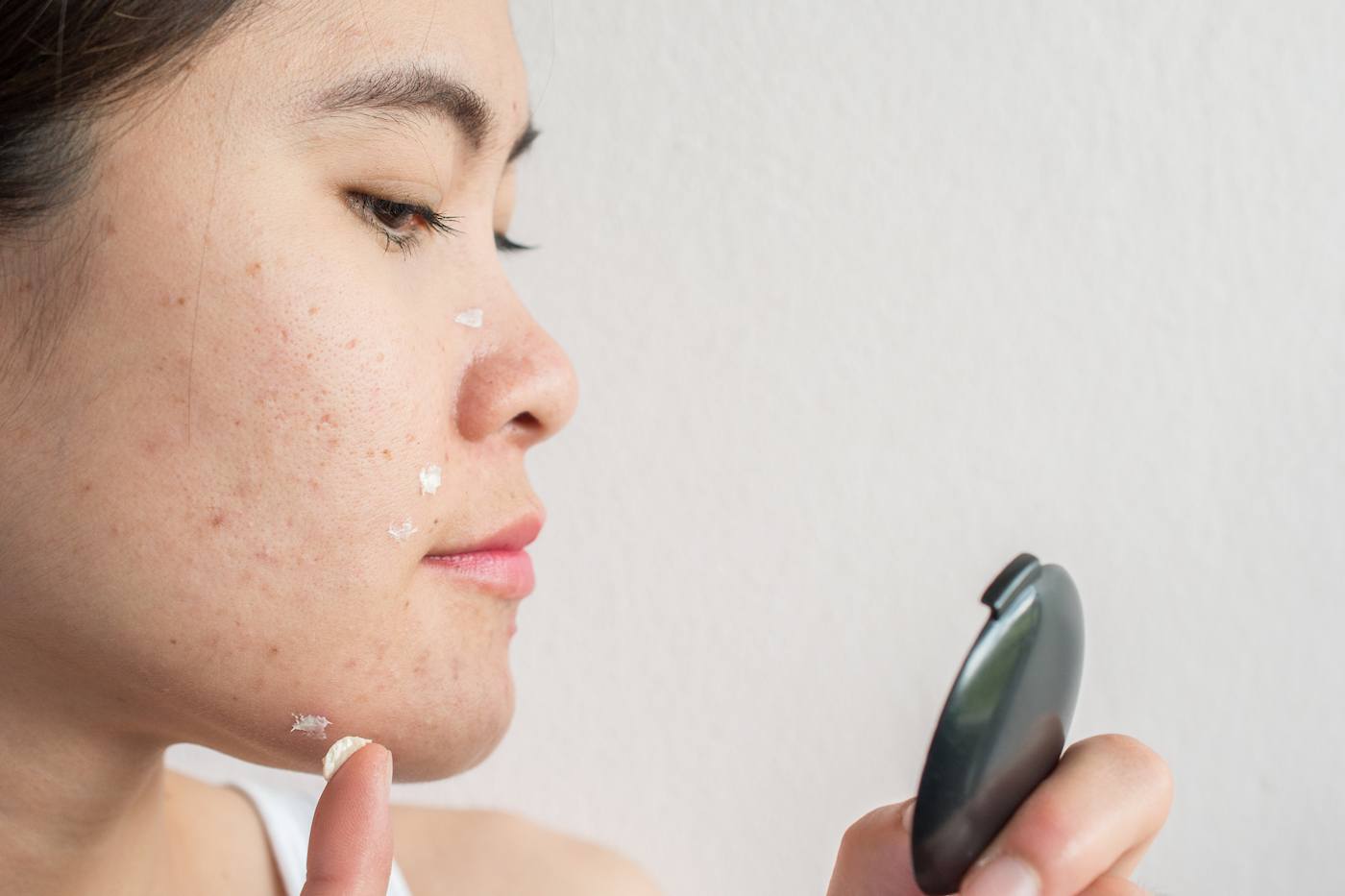
September 27, 2019 at 03:10PM by CWC
As if dealing with acne on its own wasn’t frustrating enough, handling acne and sensitive skin at the same time is a double-whammy that will have you asking: “Why me, universe?” Since most zit treatments work by aggressively attacking the dirt and excess sebum deep within your pores, they can often leave skin—especially sensitive skin—irritated. That means that your pimples may technically be improving, but you’re suddenly left with a whole other set of problems you’ve got to deal with.
“Those with sensitive skin may have a particularly hard time treating acne because many pimple products can be irritating for sensitive skin types,” confirms David Lortscher, MD, dermatologist and founder of Curology. “They contain ingredients that can be drying, irritating, or comedogenic, especially for sensitive skin.” So what the heck are you supposed to do?
Instead of opting for the usual active ingredients in prescription retinoids—like tretinoin and tazarotene, which can irritate certain complexions, dermatologist, Hilary Baldwin, MD suggests reaching for a different form of retinoid (that you can get over the counter) called adapalene, such as La Roche Posay Adapalene Gel ($22) or good old-fashioned Differin ($9). This ingredient tends to be a bit kinder to sensitive skin, according to her. (Need to brush up on your retinoids? Check out our latest episode of Dear Derm.)
“All other things equal, [tazarotene and tretinoin] irritate the skin more than adapalene does,” she tells me. That’s usually A-OK for the skin types these retinoids are prescribed for; however, when it comes to sensitive skin you need the gentlest form out there. To help take the edge off of retinoids even further, she suggest first applying a moisturizer, which can provide a buffer between your skin and the active.
ADVERTISEMENT
ADVERTISEMENTKate Spade Autumn/Winter Sale |
In addition to choosing the right retinoids and using it the right way, the key to keeping skin happy is doing the bare minimum. If any product that you slather on gives your skin that tight, desert-dry feeling, skip it going forward. “Compromised skin may fail to shield you from damaging outside factors,” says Dr. Lortscher. “You may also notice redness, burning or sensitivity, which may mean cutting back on, or even eliminating, physical or chemical exfoliants.”
In other words, your skin motto should be easy does it. “Keeping your base skin-care routine simple and non-irritating can also help identify the products or ingredients that are triggers for your skin specifically,” says Dr. Lortscher. Because acne-fighting ingredients such as glycolic acid, salicylic acid, and benzoyl peroxide are meant to be more aggressive with skin than typical with sensitive skin ingredients, incorporate them slowly (despite what the tube’s instructions might suggest). “This way, you can see if—and how much—your skin tolerates the ingredient without additional dryness or irritation,” he says. Tackling skin from both ends of the spectrum can be difficult, but with the right regimen, you’ll be able to tackle acne, without making your complexion cranky.
Here’s how Dr. Pimple Popper turns her cleanser into a superstar acne-fighting mask. Plus, the buzzy ingredient you should be using on sensitive skin, stat.
Author Zoe Weiner | Well and Good
Selected by CWC
ADVERTISEMENT
ADVERTISEMENTUp to 30% off Gift Sets |






